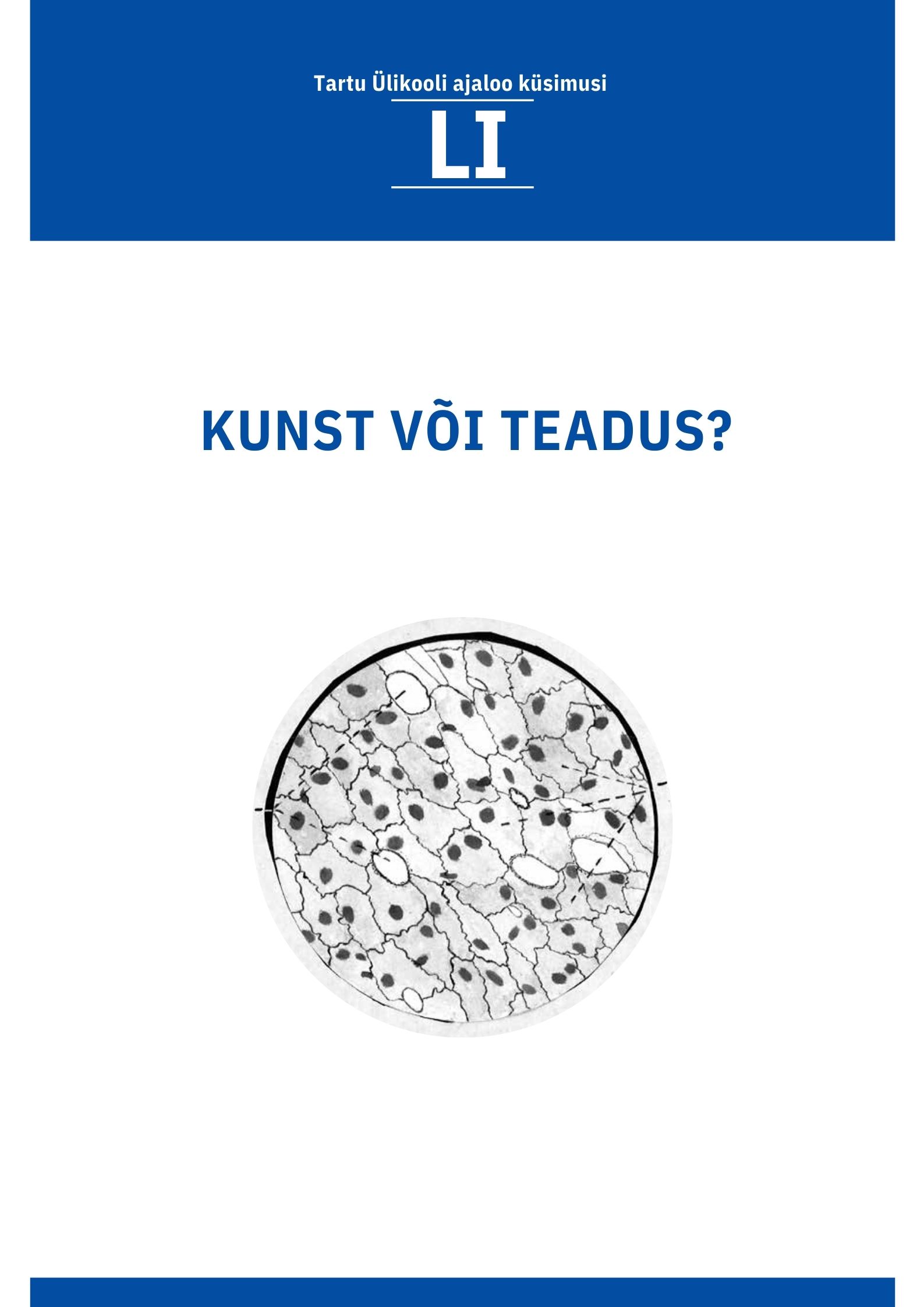Värvid apteegis. Meditsiini, teaduse ja kunsti seostest varauusaegses Tallinnas
The colours of a pharmacy. The mingling of medicine, science and art in early modern Tallinn
DOI:
https://doi.org/10.15157/tyak.v51i.23354Abstract
The purpose of this article is to examine the role of pharmacies in the
dye and pigment trade in the early modern era. Archival materials
in Tallinn seem to show that the role of the pharmacy in dye and pigment
trade was primarily consolidated in the 17th century. This was
fostered by various municipal and national regulations that aimed to
bring order to the commercial life of the town. It was complemented
by the fact that several of the pigments and dyes were simultaneously
used for medicinal purposes. Some were also poisonous, and
officials endeavoured to keep the trade in toxic materials under the
jurisdiction of the pharmacy, where it was easier to control.
There is information that the position of pharmacies in the dye
and pigment trade was shaken by the end of the 18th century. It is likely
that the liberal trade policies of Catherine the Great promoted a
situation where an increasing number of goods previously found only
in pharmacies began to make their way to spice and general stores.
In addition, the development of chemistry as a science hand in hand
with the chemical industry moved dyes and pigments more and more
to specialised chemist`s and dye shops. We may consider the possibility
that the process was facilitated by the deconstruction, in the age
of Enlightenment, of centuries-long mythical-alchemical connections
between dyes and medicine.
The archival materials of Tallinn’s pharmacies also reflect the
colour palette of its age, in all its motley glory—from the most valuable
pigments to everyday paints. Whereas 16th century lists contain,
on average, a dozen dyes, a price list from 1695 includes almost
60 of them. Moving even further forward in time, the 1769 inventory
of the Town Hall Pharmacy lists approximately 40 products in
stock. Such a quantity of polychrome materials seems to be richer
than previously identified historical material used in technical art
history research projects and conservation works, as confirmed by
instrumental analyses. The juxtaposition of archival materials and
artistic heritage and their study in tandem using means of modern
materials research will doubtless open many new exciting research
opportunities.

